Sorry for the long post. I have been browsing the internet ALOT trying to find answers to the thousands of questions I have as I get ready for my new construction project. I regularly find a lot of the answers written in very easy to understand and detailed responses on this board, as well as hearth.com.
I am sure this post is going to sound like ramblings which is mostly will be, but I am viewing the house as a system so I feel like the whole picture has to be painted in order to get the best advice I can from the knowledgeable members here.
First a bit about myself. I am 29 years old, and a full time fireman. My wife is a 3rd grade teacher and we have a 19 month old son. We were both raised in the country however when I got a job with the Indianapolis Fire Dept. I bought a house in suburbia. Long story short its not for me, nor us. We have since purchased 6 acres 4 of which are wooded, mostly cottonwood. I have installed a 300 foot driveway and a 24x32 pole barn on the property.
We are planning new construction mostly self contracted, but will hire about 1/2 done by friends in the perspective fields, but we will still be doing most of the labor right along side of them.
Current plans are a 40x44 pole barn with 15 foot side walls and vaulted trusses. Attached to that will be a 28x48 garage. the first floor of the living quarters will have two bedrooms, living, kitchen, dining, pantry, laundry, and two baths (one in the master). The upstairs will be a U with the center being open to below, and will have two bedrooms a bathroom, a living room and an 8x40 storage room.
The vaulted trusses will be 2 foot on center for attaching dry wall. the current plan for insulation is 2 inch xps under the slab, 2 inch's of spray foam on all walls and ceiling which will put the dew point within the closed cell foam so no condensation issues. then I have found a local place that sells 8ft wide by 50 foot long 6 inch thick batt insulation with a rated R value of 19. that will go in the side walls after the spray foam. the inside of the exterior walls will have horizontal perlins ran for the drywall to fasten to. wiring will be ran (maybe in conduit) along the top of one of these purlins. For the ceiling in plan on folding the 8ft wide batts into 1/3rds or so and putting them in between the trusses under the spray foam. that should end up giving me around an R 30 in the walls with the only thermal breaks being where the 1.5 inch purlins are nailed to the 6x6's. (the posts will be set on concrete permacolums by the way) and should be around an r 50 in the ceiling, but with the sissor trusses the way they are there might be some dead spaces in it. (should I add some blow in to take up the voids?)
the first floor will have a 4 inch concrete slab with in floor radiant heat. the second floor will have decking, then 1 inch (should I use 2 inch?) xps boards then tubing on top of that. I will add 2x4 nailers between the tubing and pour lightweight concrete in between to add thermal mass, then will have another layer of wood decking over that to make up the rest of the floor. (is that second layer of plywood needed? the upstairs will be mostly carpet except for the bathroom and the storage)
For cooling I have a friend that is going to come out and install to and return ductwork during construction that way we wont have to retrofit and it can be done right the first time.
Currently the plan is using a Ground source heat pump for heating (hyrdonic) and cooling (forced air). I believe I will end up with around a 3.5 ton unit. and will be using a ditcwitch to install the ground loops because I have all the open space I need to install them. I do plan on adding an air exchanger for the winter because I believe this house will be TIGHT.
The reason I am choosing the source that I am, is because last winter there was a propane shortage and it got to be around 6 dollars a gallon from the people who deliver to the area where my property is. It would be very difficult to meet the end goal of being able to get off the grid if I am relying on someone to deliver propane. I firmly believe that within 10 years the technology for solar will be in a place where I can finance enough solar, and battery storage, to end up with a monthly payment LESS than what it would be from the power company. The current electricity rate for the area is .10 per kw before the wholesale power purchacing fee, so I would guesstimate another .03 cents over that rate although I am not certain.
The garage will have radiant heat as well, however we are going to run that off a separate propane water heater that way I don't have to include it in the sizing for the heating load for the house. Eventually I might add a small wood boiler (probably home made) to supplement that water heater to heat the garage.
I considered wood REALLY hard until I realized that I just didn't have the right amount or type of wood on my land. Also, I leave for over a week at a time on multiple occasions throughout the winter to go striper fishing with my dad, and it would be fair for the wife to have to take care of that while I was gone. Indiana requires a gasser, and insurance wont let me put on in the garage or house, so for now I think my money is better spent on an effortless system, that might one day still be able to be utilized off the grid.
SO, with all that in mind, lets chat about the do's and dont's. the I wish I would haves, and I you should nots. If you see an issue with what I have planned let me know. If you have suggestions on better ways of doing things lets hear it.
Within 10 years I would like to add solar power with a very heafty battery bank. as well as solar DHW with storage. I believe if I get enough storage I can run the geothermal throughout the day while the panels would be crankin and get enough storage to last through the night. I would also add a homebuilt wood boiler to the storage that I could use in the event of a few cloudy days in a row not being able to run enough to keep the storage up. I still have lot of research to do on this whole storage thing and how it would all get plumbed together but that's something I think I can figure out when the time comes.
I plan on LED lights throughout the entire house. It might not be what I am used to and I probably wont like it at first, but after a while I think I will get used to it. I will be cooking with propane, so a full size fridge and full size freezer will really be my only other power loads. DHW will be propane as well. I own a 1,000 gallon propane tank, and will be purchasing a propane powered generator for the property as well. So cooking, DHW when the geo cant make it (winter) will be gas.
Ok, enough rambling, lets hear if I have a solid plan here or not.

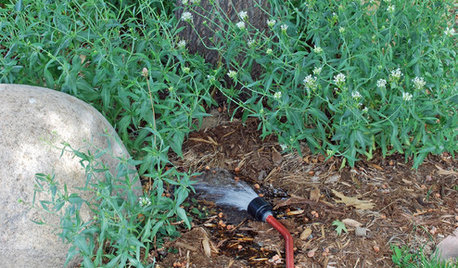
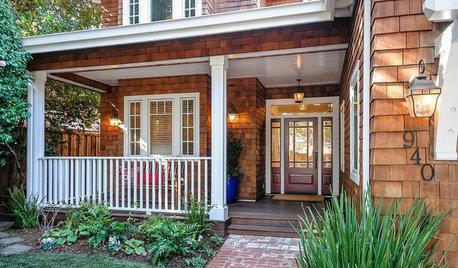
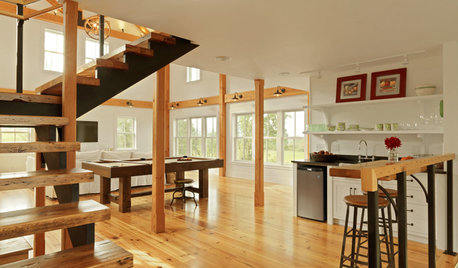
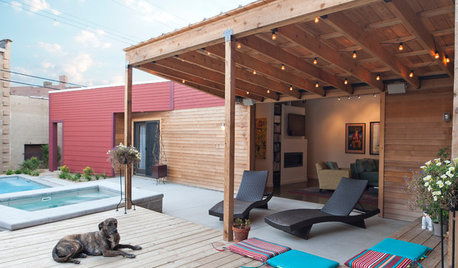

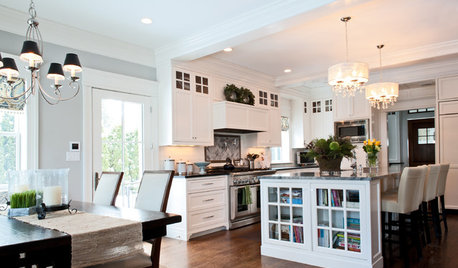

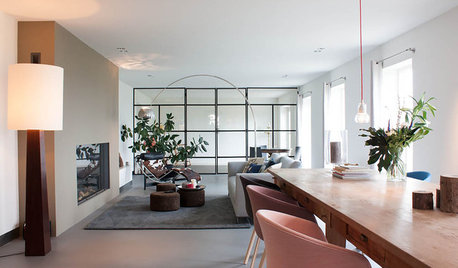
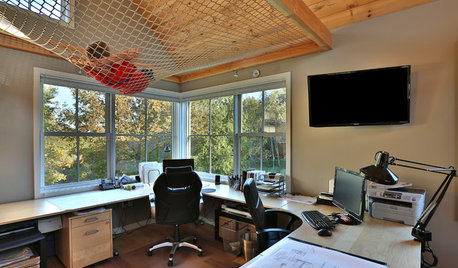






fsq4cw
mike_home
Related Professionals
Elmhurst Solar Energy Systems · Hercules Solar Energy Systems · Titusville Solar Energy Systems · Nutley Solar Energy Systems · Fort Bragg Home Automation & Home Media · Lakewood Home Automation & Home Media · Pasadena Home Automation & Home Media · Pittsburgh Home Automation & Home Media · Plantation Home Automation & Home Media · Richardson Home Automation & Home Media · Sun Lakes Home Automation & Home Media · Wilmington Home Automation & Home Media · Winchester Home Automation & Home Media · Woodlawn Home Automation & Home Media · Framingham Center ElectriciansIndygunworksOriginal Author
fsq4cw
mike_home